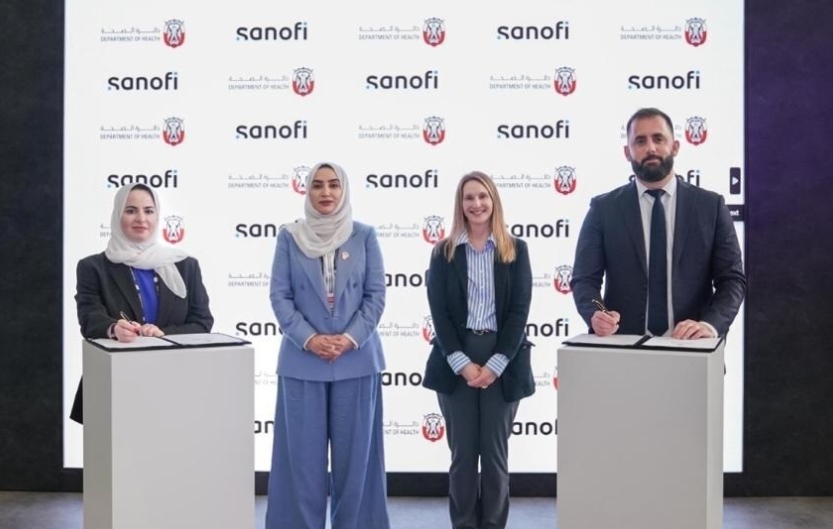
Colorectal cancer therapeutics market in APAC touched $1.9 bn in 2013
Singapore: Colorectal Cancer (CRC) therapeutics market in Asia-Pacific (APAC) is set to increase in value, from $1.9 billion in 2013 to $2.9 billion by 2020, at a Compound Annual Growth Rate (CAGR) of 6.5 percent, according to business intelligence provider GBI Research.
According to GBI's report, the colorectal cancer market in India, Australia, China and Japan, will be driven by the increasing incident of population and higher uptake of branded drugs and targeted therapies, as patient access to these more expensive treatments improves.
The moderate uptake of late-stage pipeline products panitumumab and Xilonix, following their expected approvals between 2016 and 2018, will also help boost the market, a long with ramucirumab, TAS-102, TS-1 and MelCancerVac.
Mr Saurabh Sharma, senior analyst, GBI Research, says, "The introduction of monoclonal antibodies (mAbs) as a combination therapy with chemotherapy drugs has significantly reduced the incidence of adverse events associated with chemotherapy alone. Additionally, the strong efficacy profiles of mAbs have resulted in favorable reimbursement and subsequent increases in their uptake.
"However, panitumumab and Xilonix will experience only modest adoption over the forecast period. While the former drug appears to be a moderately safe and effective treatment for metastatic CRC, it lacks a superior efficacy benefit when used in some chemotherapy combinations, such as with Avastin."
Despite the promising drug pipeline, the analyst states that more impressive growth in the APAC CRC therapeutics market will be prevented by a significant rise in patent expirations, including those for Erbitux and Avastin in Japan during 2016 and 2020, respectively. This will create a substantial opportunity for generic and biosimilar manufacturers.
Mr Sharma continued, "Another barrier to market growth is the high annual cost of targeted therapies currently available for CRC, compared with other available treatment options, and pharmaceutical companies should monitor the affordability of these therapies, including mAbs.
"The higher levels of diversity and competition surrounding CRC treatments are expected to result in moderate price increases for drugs with modest clinical benefits, due to the established pricing benchmarks of available treatments," the analyst concludes.




